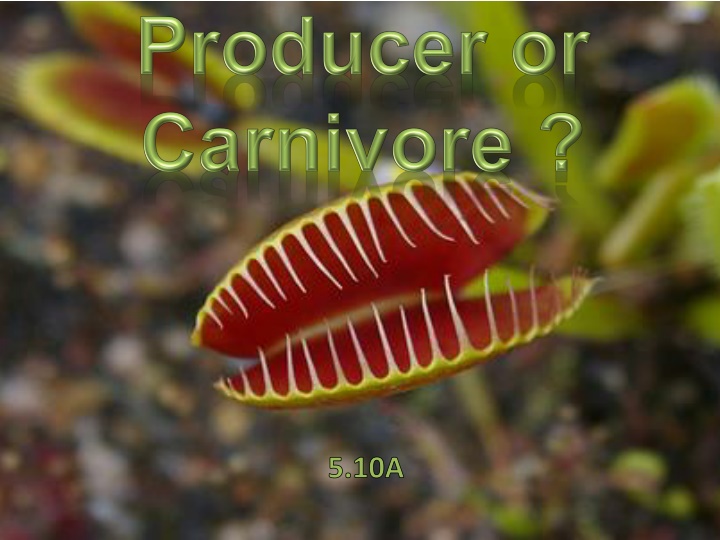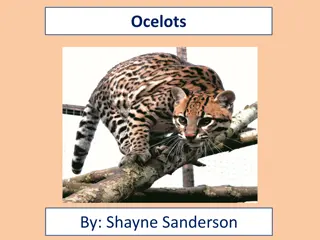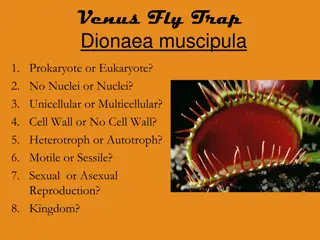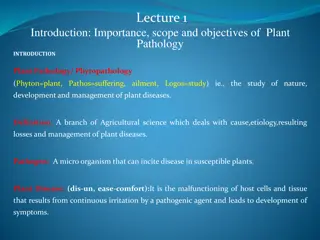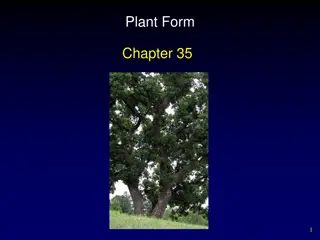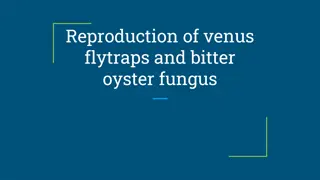The Fascinating Venus Flytrap: A Carnivorous Plant Adapted to Bog Life
The Venus flytrap, known for its unique features, resides in bogs and has adapted its carnivorous nature to survive. By utilizing its hinged leaves as traps, attracting insects with nectar, and digesting them for nutrients, this plant showcases its evolutionary strategies.
Download Presentation

Please find below an Image/Link to download the presentation.
The content on the website is provided AS IS for your information and personal use only. It may not be sold, licensed, or shared on other websites without obtaining consent from the author.If you encounter any issues during the download, it is possible that the publisher has removed the file from their server.
You are allowed to download the files provided on this website for personal or commercial use, subject to the condition that they are used lawfully. All files are the property of their respective owners.
The content on the website is provided AS IS for your information and personal use only. It may not be sold, licensed, or shared on other websites without obtaining consent from the author.
E N D
Presentation Transcript
Venus Flytrap The leaves of the Venus flytrap have two wing-like lobes. A lobe is a rounded part that sticks out. Lobes
Closed Lobes The lobes are joined with a hinge that allows the lobes to snap shut and then reopen.
Hairs Three or four short hairs grow on the inside of each lobe. Touch one of these hairs and nothing happens. Touch two of these hairs, and a meal may be in the making! What is going on?
A Venus flytrap is a carnivorous plant! (When something is carnivorous, it eats meat.)
Venus flytraps live in bogs in the southeast United States. A bog is a place with wet, spongy ground. It is a poorly drained wetland. The soil in bogs is lacking the nutrients most plants need.
By being carnivorous, Venus flytraps are able to survive in bogs. They obtain the nitrogen and other nutrients they need by eating meat.
The Venus flytrap uses its hinged leaves as its trap. Insects are attracted to the trap by its color and the sweet smell of nectar.
When an insect crawls onto the trap, the two lobes snap shut, trapping the insect inside. The plant then releases digestive juices that dissolve the insect into a nutrient-rich liquid.
It takes energy and time to reopen it. A plant does not want to waste energy. Live prey is more Touching one hair does not trigger the trap but touching two hairs does. This is because a plant likely to set off two trigger hairs than a piece of The short hairs growing on the inside of the wing- like leaf lobes are trigger hairs. spends energy snapping shut its trap. grass or leaf.
